The mock oyster mushroom (Phyllotopsis nidulans) has a distinctive orange hue and unique (skunky!) smell that sets it apart from true oyster mushrooms. However, since it shares a similar shape, beginners still confuse it. Once you learn the characteristics of the mock oyster mushroom, though, it will be easy to separate it from the widely sought edible oyster species. Often, you just need to give it a good sniff to be sure. The mock oyster is not edible.
- Scientific Name: Phyllotopsis nidulans
- Common Names: Mock Oyster, Orange Oyster, Nestcap
- Habitat: Decaying wood
- Edibility: Inedible
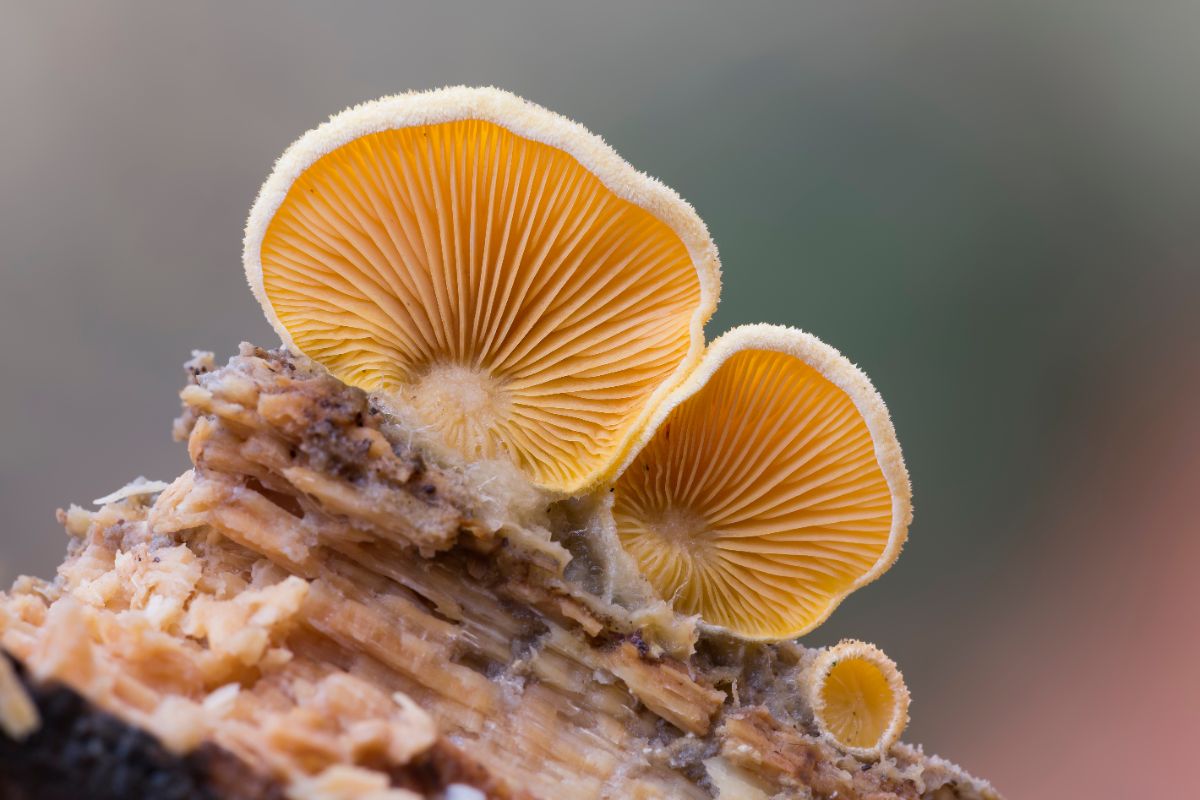
Jump to:
All About The Mock Oyster Mushroom
The mock oyster was first described scientifically by Christian Hendrik Persoon in 1798 as Agaricus nidulans. The specific epithet “nidulans” translates to “partly encased or lying in a cavity.” The relevance of this term to the mushroom’s features remains unclear.
In the 1930s, mycologist Rolf Singer reclassified this mushroom into the Phyllotopsis genus, and it has since been known as Phyllotopsis nidulans. This reclassification was based on the distinctive spore and flesh characteristics that distinguished it from the Pleurotus species. The mushroom is commonly known as the mock oyster or the orange oyster due to its similarity to oyster mushrooms and its vibrant orange color.
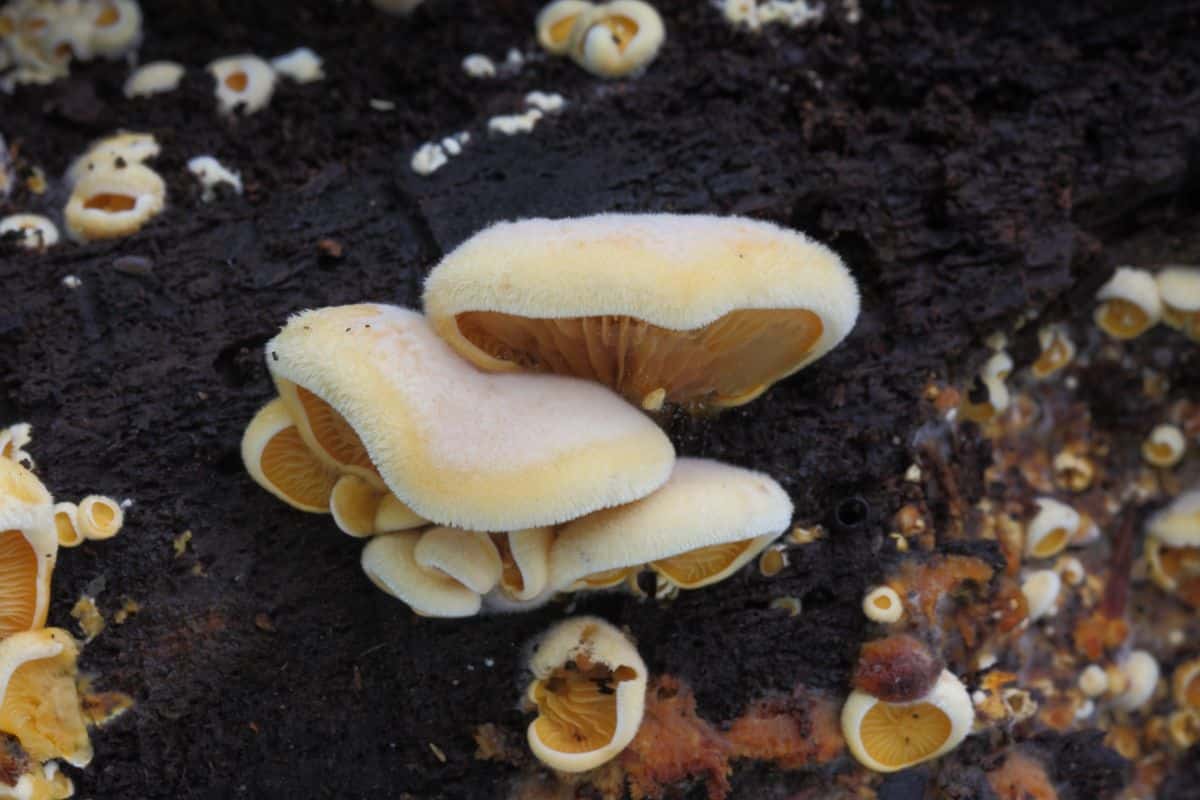
Mock Oyster Mushroom Identification Guide
Season
The mock oyster mushroom can be found throughout the year in warm climates, but it is most commonly seen in the fall and spring.
Habitat
The mock oyster mushroom is saprobic, meaning it obtains nutrients from decaying organic matter. It grows on decaying wood, including on dead hardwoods and conifers. This species is always growing on wood. It never grows from the ground. It tends to grow gregariously or in overlapping clusters, often on fairly recently dead wood with bark still attached. It’s not uncommon to find huge, overlapping groupings of mock oyster mushrooms covering the length of a log.
The mushroom is found in temperate regions of the Northern Hemisphere and is widely distributed in North America. It causes a white rot on the wood it attaches to.

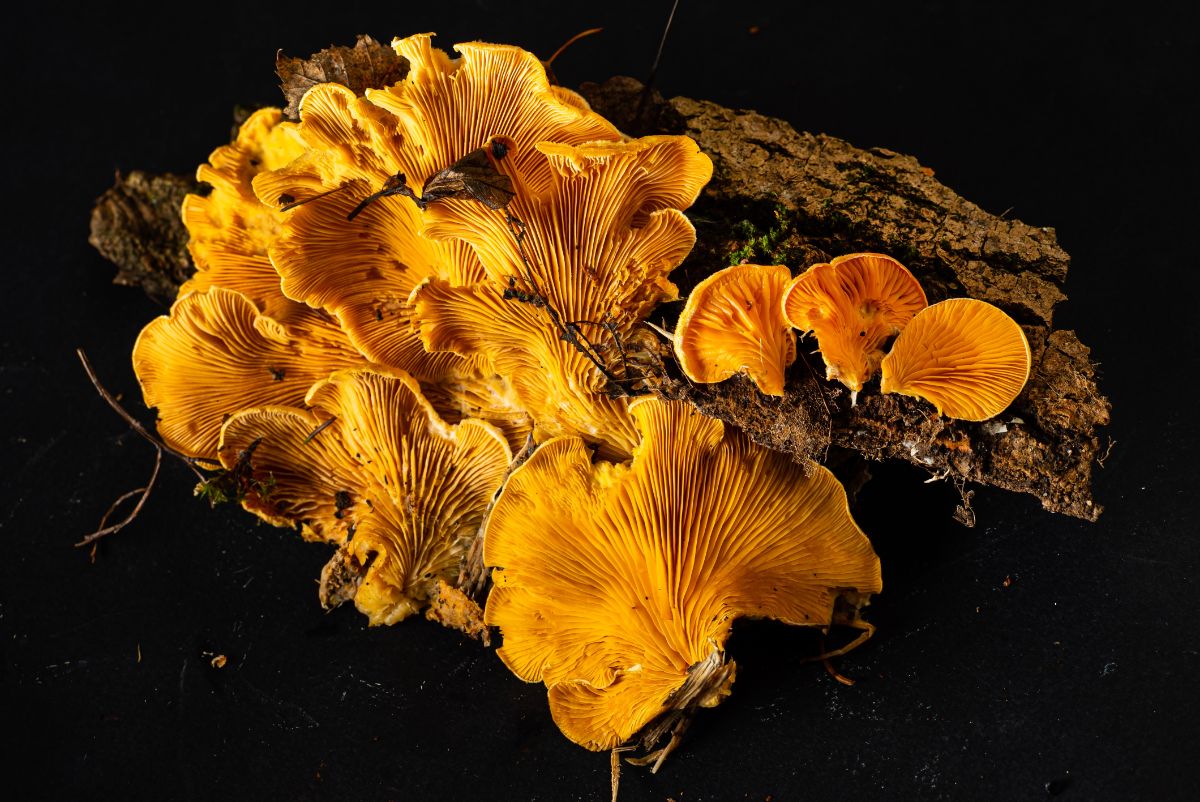
Identification
Cap
The cap of the mock oyster mushroom measures 1-4 inches wide. It is fan-shaped or semi-circular in outline (like an oyster shell), and the edges roll under to create a lip. As the mushroom ages, the lip uncurls to create a flatter edge.
It is usually a vibrant orange color, especially when young and fresh. With age, it fades to yellowish orange and then light tan to buff brown. The cap is densely covered with hairs, especially when young. The cap surface is hygrophanous, which means it changes color when wet. Caps may bruise brownish when handled.
When the caps grow in dense, overlapping clusters, they might not be clearly defined. They tend to meld together a bit and look like one broad single specimen with multiple lobes.
Gills
The gills of the mock oyster mushroom radiate from the point of attachment, like a paper folding fan. They’re typically close or nearly crowded and thin. There are abundant short gills, ones that do not reach all the way to the stem base. The gills are the same bright to pale orange color as the cap.
Stem
The mock oyster mushroom either has a very poorly developed stem or no stem at all. The caps sometimes appear to share a poorly defined “base,” meaning that it is hard to see where it ends – the gills sometimes extend onto the wood below the cap as if they don’t know the limits or outline of their own body.
Flesh
The flesh of the mock oyster mushroom is pale orange and soft. It doesn’t change color when sliced.
Odor and Taste
The mock oyster mushroom usually has a strong and unpleasant odor, often compared to that of skunk cabbage or just skunk-like. Other descriptors of the smell include rotten eggs and rotten cabbage. Either way, it’s not appealing! The foul smell is sometimes missing or isn’t that strong. Fresher specimens tend to be stinkier. The taste is usually mild but can be foul.
Spore Print
The spore print of the mock oyster mushroom is a very pale pink. The spore may appear white unless viewed against a pure white background (use white paper to take a spore print).
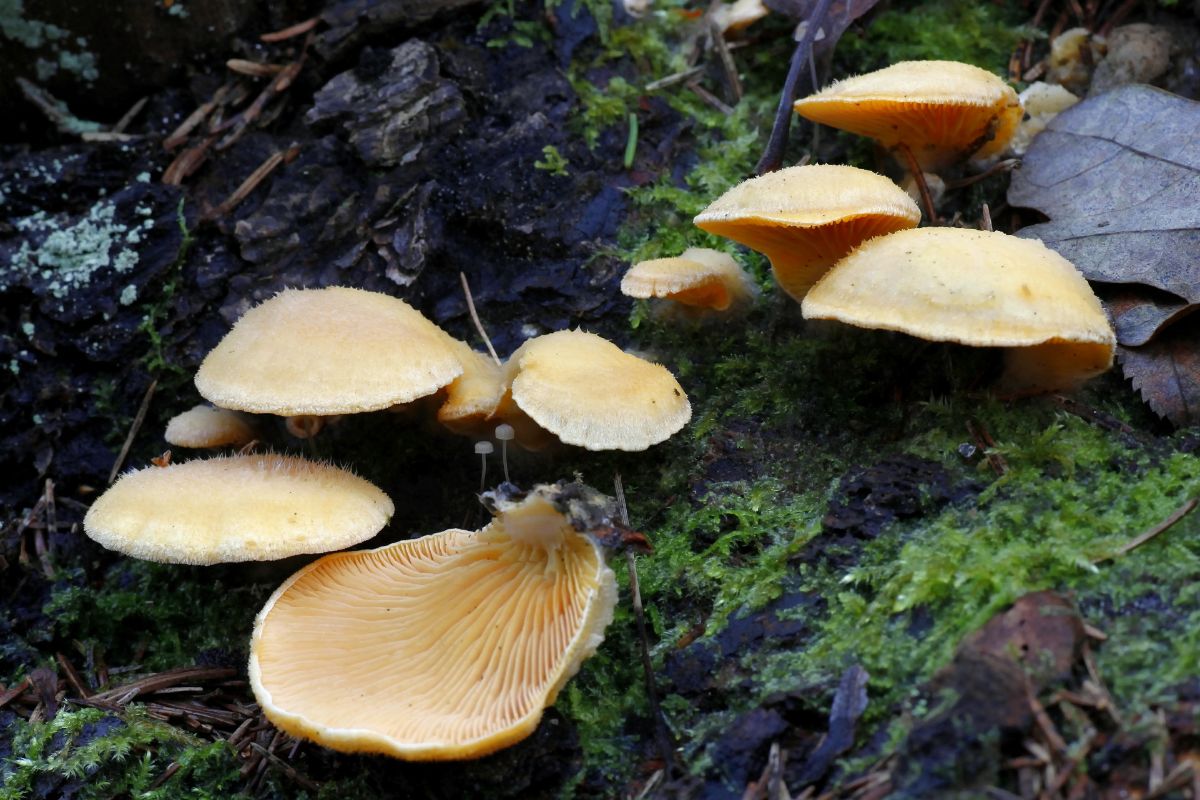
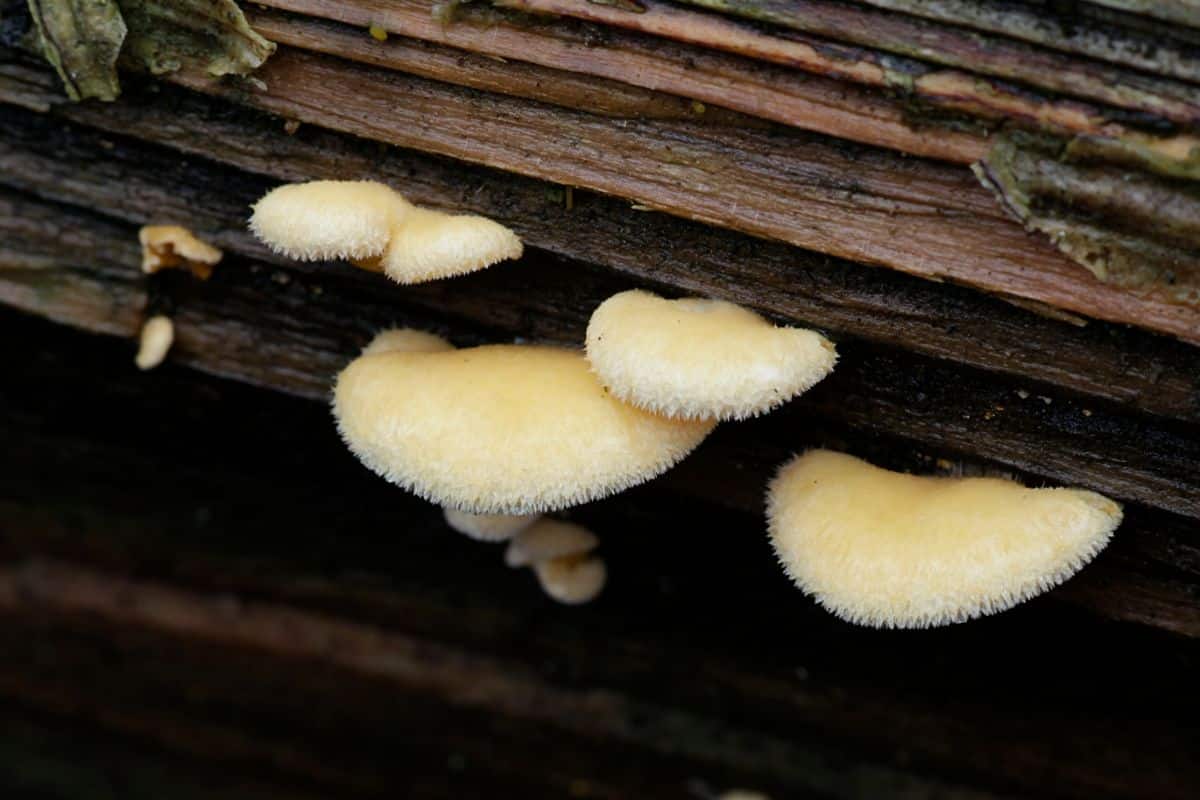
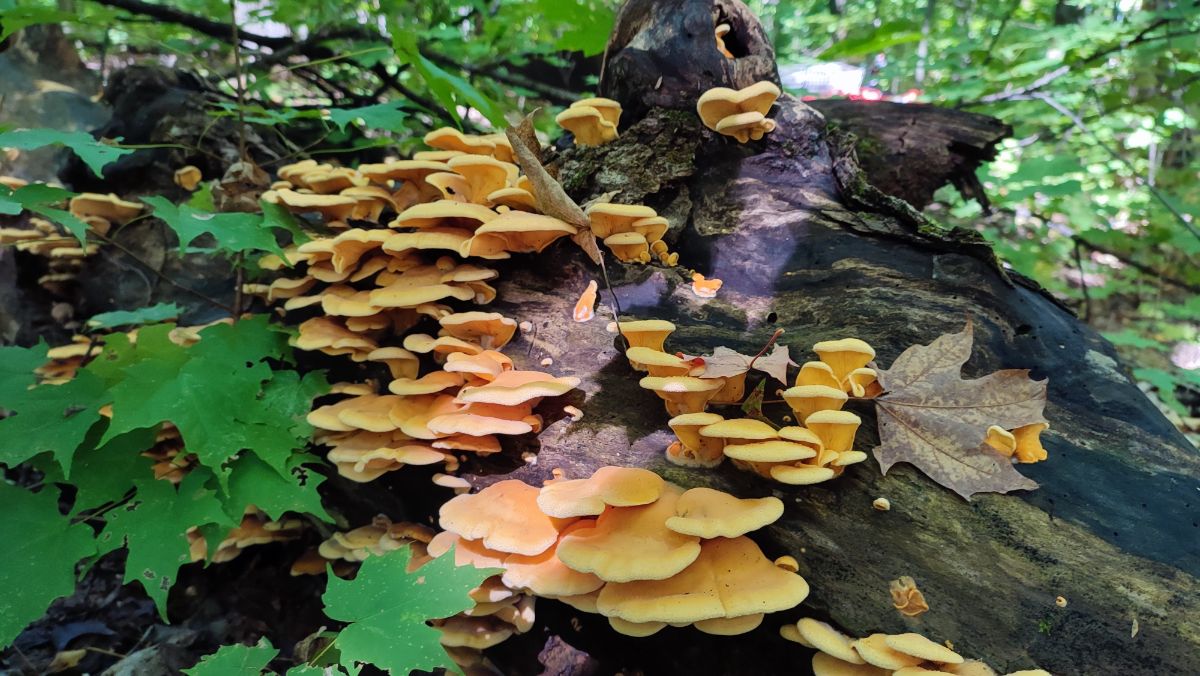
Mock Oyster Mushroom Lookalikes
Bear Lentinellus (Lentinellus ursinus)
The bear lentinellus has a similar fan-like cap shape and grows on wood, but it is tan to dark brown, not orange like the mock oyster mushroom. It’s also doesn’t have a distinctive smell.
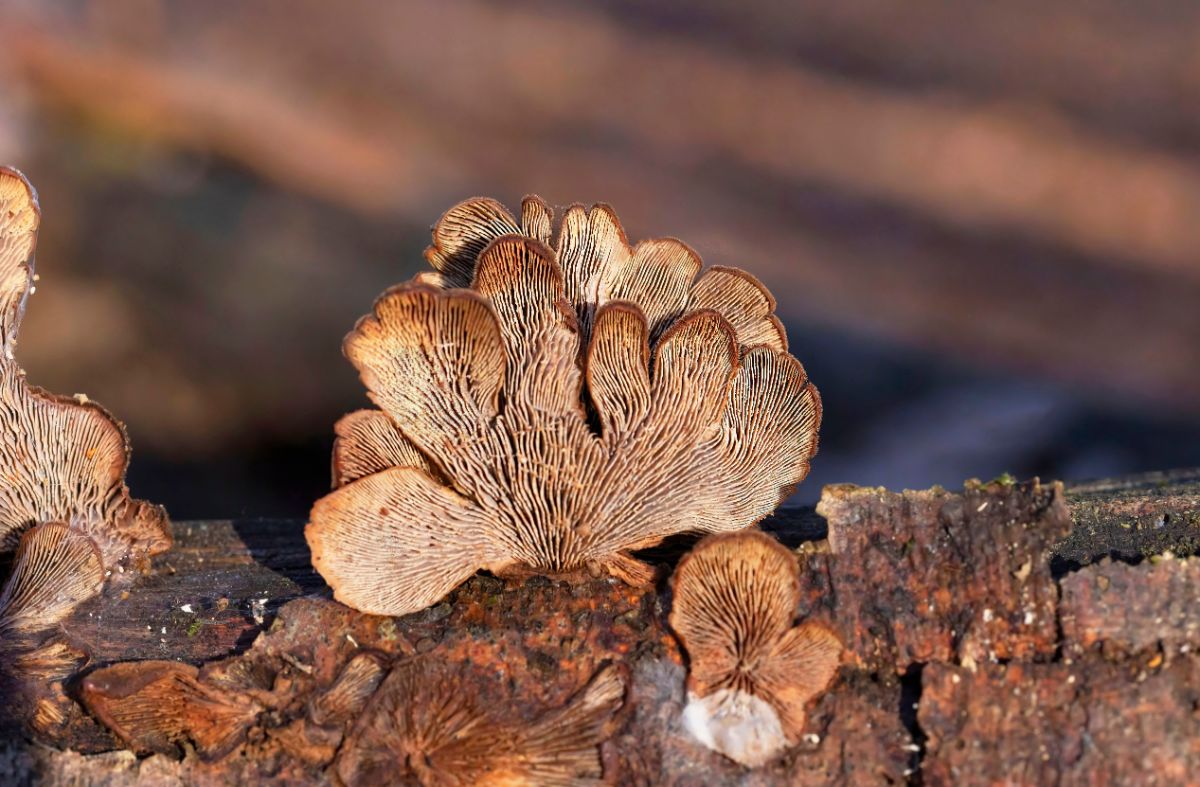
Peeling Oysterling (Crepidotus mollis)
While it shares a similar oyster shell/half-moon appearance with the mock oyster mushroom, the peeling oysterling is white to brown and isn’t fuzzy.
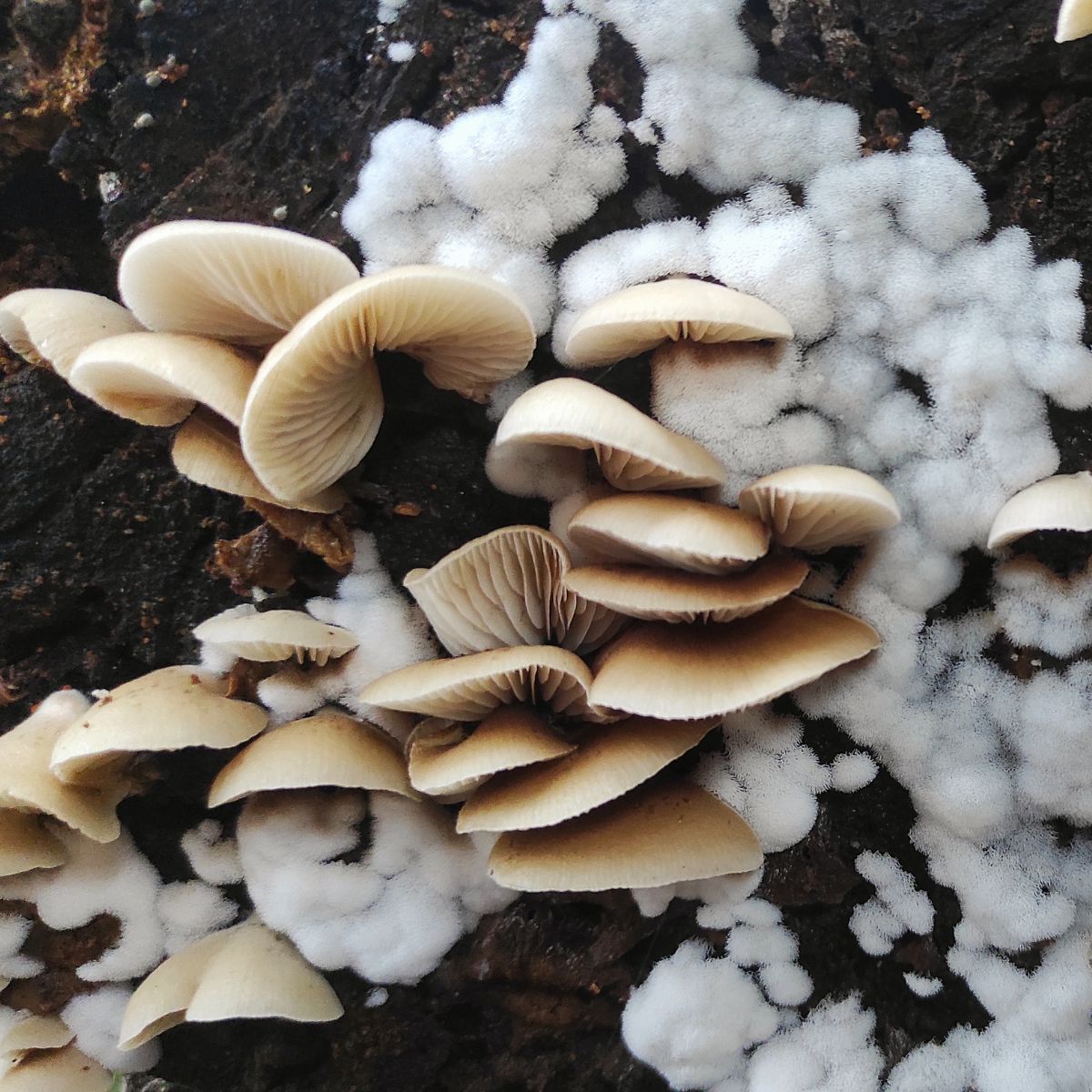
Ruddy Panus [Panus neostrigosus (aka Lentinus stigosus, Panus rudis)]
This species has a similar cap shape, grows on wood, and is also very fuzzy on top. The caps vary in color from pinkish-brown to purplish to orange-brown to tan. When it is orange-brown or tan, it can be confused with a faded mock oyster mushroom. The key difference is the gills. The mock orange usually retains orange in the gills even when its cap fades. The gills of this species are purplish to white to tan.
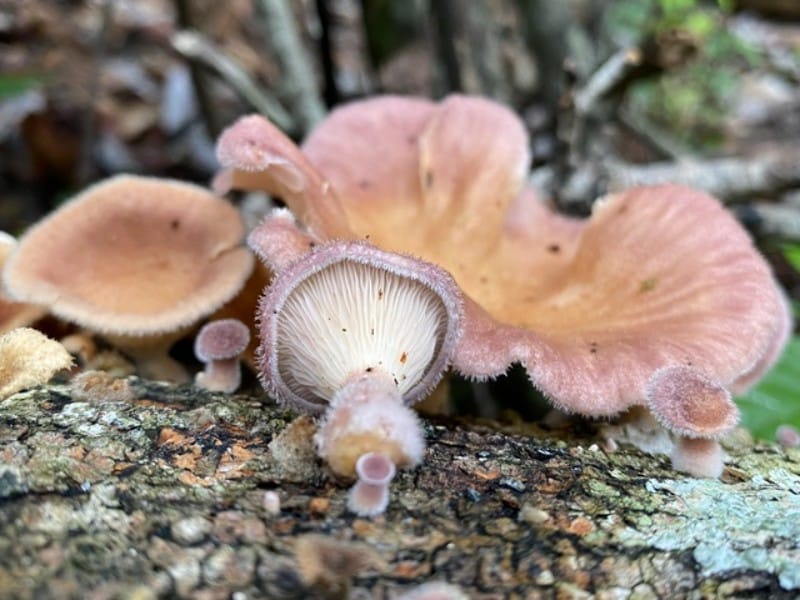
Pleurotus ostreatus
Known as the true oyster mushroom, it differs in its white to lilac spore print and lacks the offensive odor of the mock oyster mushroom. It also is never bright orange or fuzzy. The main similarity is the half-moon shape and the way the gills run downwards to the base of the stem or lack of stem.
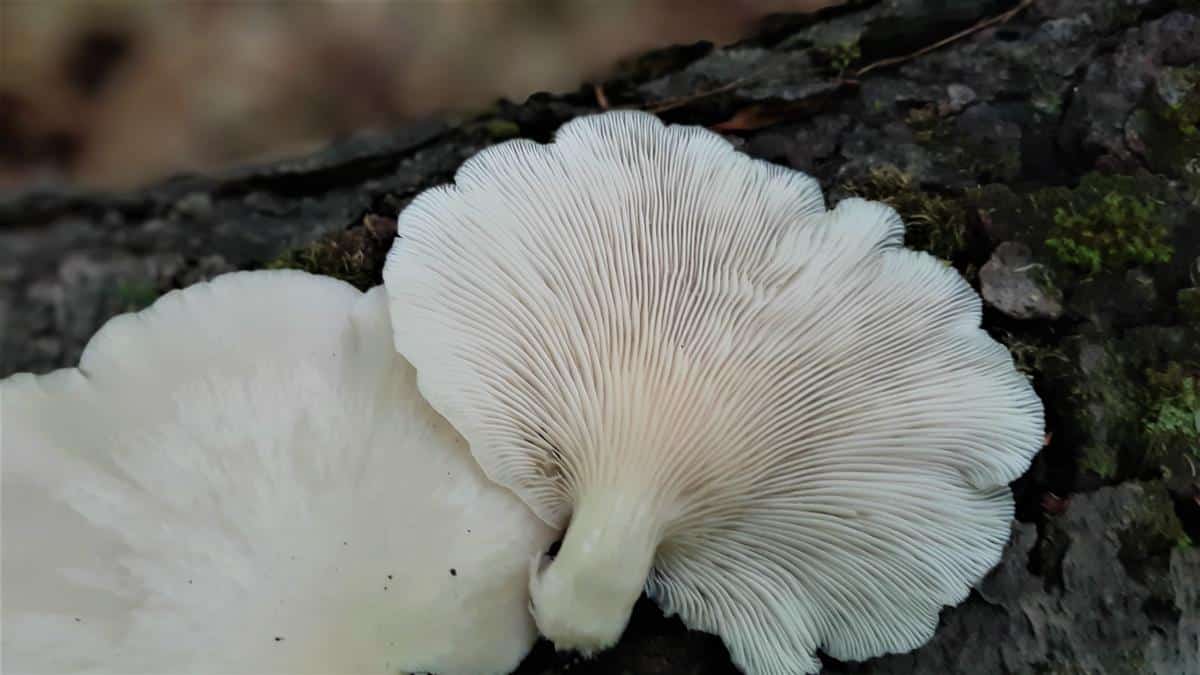
Mock Oyster Mushroom Edibility
While the mock oyster mushroom is not poisonous, its strong, unpleasant odor and tough texture make it unsuitable for eating. Therefore, it is generally regarded as inedible.
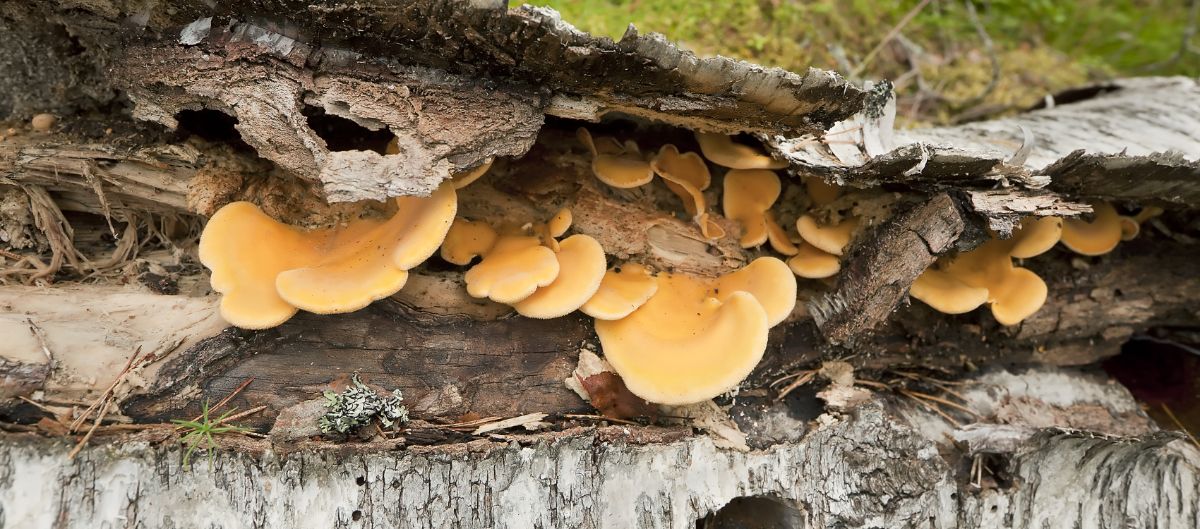
Common Questions About Mock Oyster Mushrooms
Does the mock oyster mushroom have medicinal properties?
Currently, there is no scientific evidence to suggest that the mock oyster mushroom possesses any medicinal properties.





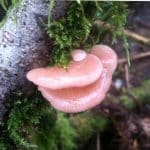
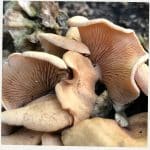
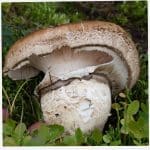
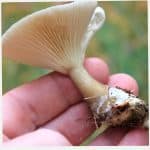
Leave a Reply